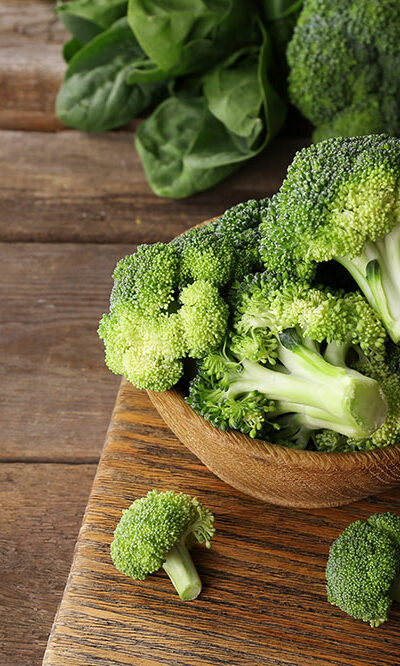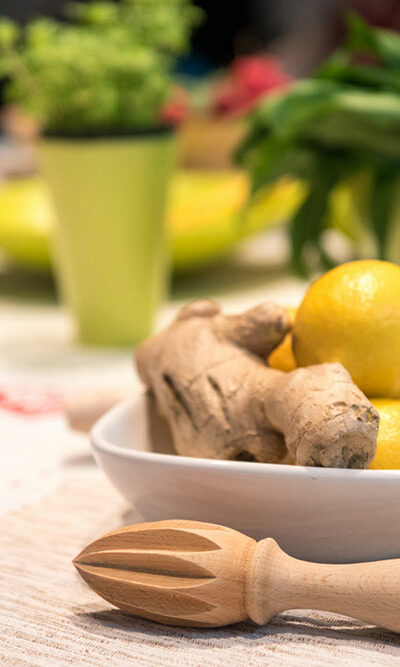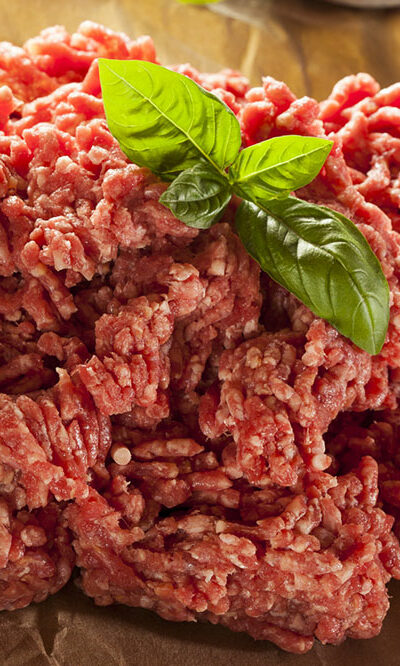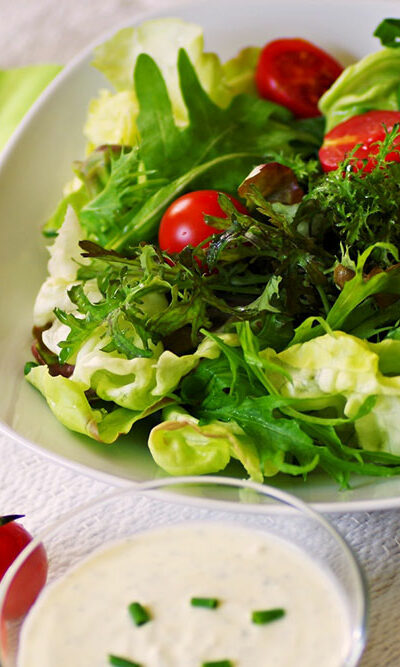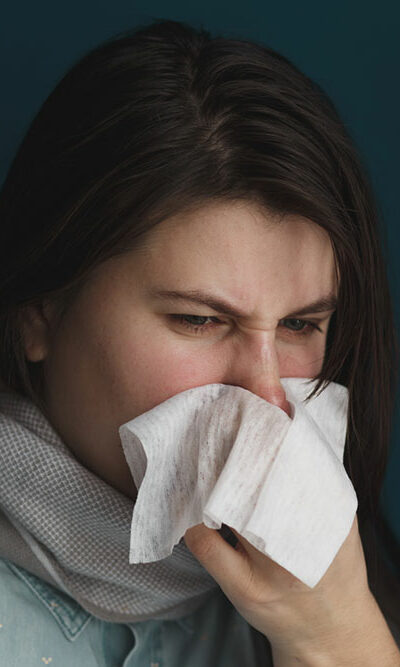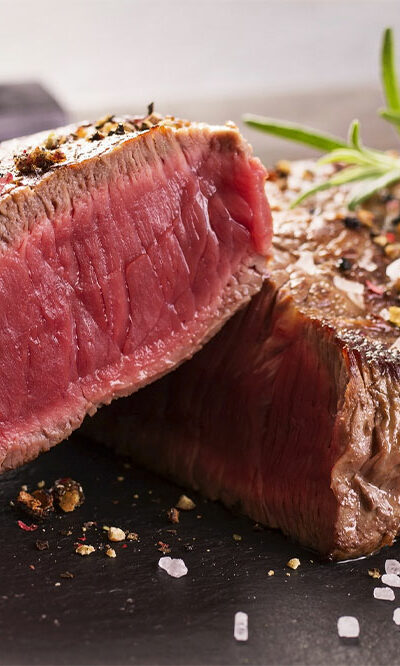
Human foods that are safe for cats
Many of you feed your cats small morsels of food from your own bowls. But have you ever stopped to think whether the food you are eating is suitable for your cat? Cat’s digestive systems are built differently, and while they may show no severe symptoms at the time of consumption, complications may develop later. We have put together a list of safe human foods for cats to avoid emergency vet trips. Meat Cats cannot digest fibrous foods as easily as dogs. They are meat-eaters that derive protein from meat to maintain a healthy reproductive system, good vision, and strong heart. Cooked chicken, beef, turkey are some good options. Avoid meats with high sodium content as too much salt is toxic for cats. Whole grains Whole grains like oatmeal are a great source of vitamin B and energy for your feline companions. Cats tend to like smaller and coarser grains like cornmeal, millet, and couscous, but make sure all of these are properly cooked for easy digestion. You can also give them brown rice, barley, and wheatberries but mash them before serving. Bananas Bananas are rich in potassium and soluble fiber, making them a perfect snack for your cats. However, limit the intake as this fruit has high sugar content. Experts recommend that treats like bananas make not more than 10 percent of daily calorie intake. You can also feed them pumpkin, apples, pears, berries, watermelon, and pineapple in limited quantities. Fish Fish is present in a majority of commercial cat food for good reason. It contains necessary vitamins, minerals, and fatty acids that keep up your cat’s health. Make sure the fish is boiled and cut into bite-sized pieces. Avoid any seasoning and food enhancers. Pick fresh-caught fish instead of the canned ones and remove all bones to prevent choking hazards.
